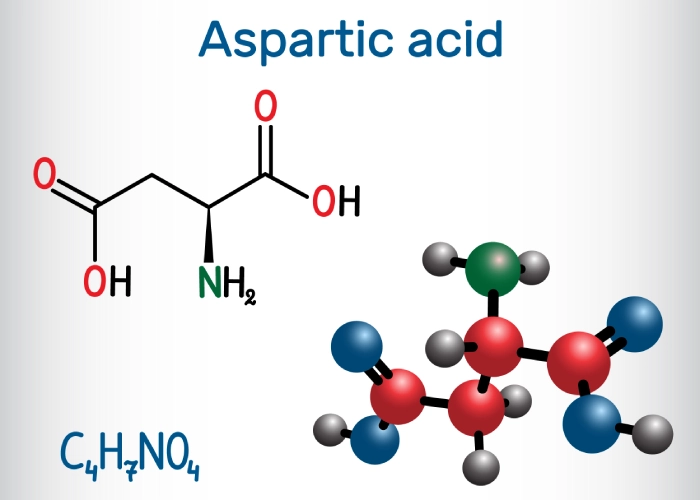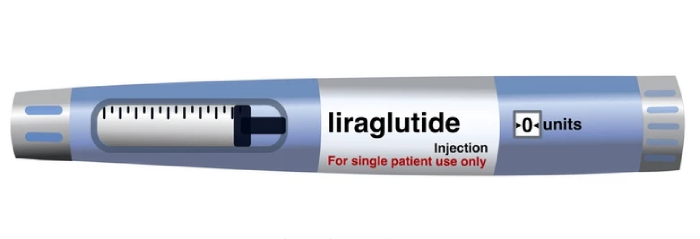The Role of Folic Acid in Preventing NTDs
Neural tube defects (NTDs) are abnormalities of the central nervous system, second only to cardiovascular defects in terms of congenital morbidity and mortality. Maternal nutrition, particularly folic acid (FA), a type of B vitamin, is integral to the prevention of NTDs. FA is crucial for DNA methylation, synthesis, and repair, serving as a cofactor in one-carbon transfer reactions that are essential for neural tube development.
Research has shown that supplementing with FA during preconception and early pregnancy can reduce the incidence of NTDs by nearly 80%. As a result, it is advised that all women of reproductive age consume 400 µg of FA daily. In response to the high number of unplanned pregnancies, many countries have mandated the fortification of staple foods with FA, increasing intake and reducing the incidence of NTDs. Although the exact mechanisms by which FA prevents NTDs are not fully understood, the evidence strongly supports its effectiveness, leading to national recommendations for FA supplementation in women.
This review examines the use of FA supplements before and during early pregnancy in women from the Visegrad Group countries (Slovakia, Czech Republic, Poland, and Hungary). The findings underscore the need for a holistic approach to preventing NTDs, which includes FA supplementation programs, personalized counseling, and robust national policies.
Commentary by SuppBase columnist Alice Winters

The review sheds light on the vital role folic acid plays in preventing neural tube defects (NTDs), particularly in the context of the Visegrad Group countries. This comprehensive analysis highlights several key aspects of FA supplementation that are worth discussing in further detail.
Ingredient Analysis and Efficacy
Folic acid, a synthetic form of the B vitamin folate, is indispensable for DNA synthesis and repair, as well as for cellular division and growth. Its role as a cofactor in one-carbon metabolism is crucial for the development of the neural tube, which eventually forms the brain and spinal cord. The evidence supporting FA’s efficacy in reducing the risk of NTDs is robust, with randomized controlled trials indicating up to an 80% reduction in incidence when supplementation is initiated preconceptionally and continued through early pregnancy.
Nutritional Value and Dosage
The recommended dosage of 400 µg per day for women of reproductive age is based on extensive research. However, it is important to recognize that individual needs may vary, and higher doses may be necessary for certain populations, such as those with genetic polymorphisms affecting folate metabolism. Ensuring adequate intake through both diet and supplements is critical, especially given the varying rates of unplanned pregnancies.
Safety and Side Effects
Folic acid is generally considered safe, with few reported adverse effects. However, there is ongoing debate about the potential for high doses to mask vitamin B12 deficiency, which can lead to neurological damage. Thus, it is essential for health policies to balance the benefits of FA fortification and supplementation with potential risks.
Market Feedback and Consumer Trends
The fortification of staple foods with folic acid has proven effective in increasing overall intake among the general population, subsequently reducing the incidence of NTDs. Consumer feedback has largely been positive, with many recognizing the public health benefits of such initiatives. However, there remains a need for targeted education and awareness campaigns to ensure that women understand the importance of FA supplementation, especially in the context of unplanned pregnancies.
Brand Credibility and Positioning
FA supplements and fortified foods have become a staple in the health product market. Brands that emphasize transparency, quality, and scientific backing in their products tend to garner greater consumer trust. As awareness grows, companies that invest in educating consumers about the benefits and proper use of FA are likely to strengthen their market position.
Conclusion
The review underscores the necessity of folic acid supplementation in reducing the incidence of neural tube defects. A multi-faceted approach, combining supplementation, tailored counseling, and effective national policies, is essential for addressing this public health issue. As we continue to understand the precise mechanisms by which folic acid operates, the emphasis must remain on ensuring adequate intake for all women of reproductive age. Through continued research and public health initiatives, we can further reduce the burden of NTDs and improve outcomes for future generations.



